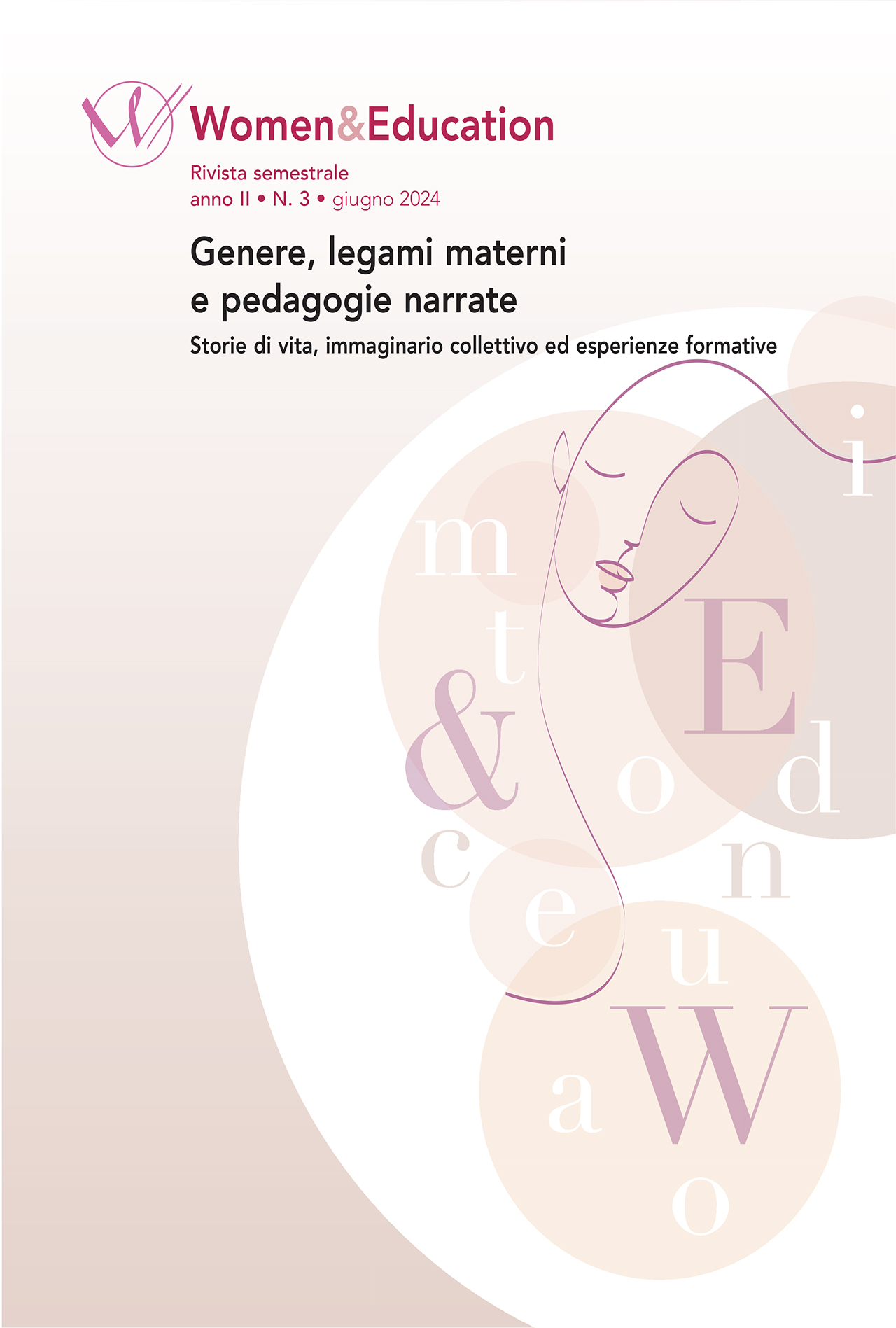Highly sensitive mothers. Portraits of “waiting” and “suspended time” between responsiveness and overstimulation
DOI:
https://doi.org/10.7346/-we-II-03-24_10Keywords:
Education, care, family, motherhood, high sensitivityAbstract
Although neuropsychology shows that high sensitivity to sensory stimuli is equally distributed between males and females, female specificity appears scientifically relevant. This happens because of the possibility of a pregnancy made peculiar by this genetic trait for part of pregnant women. If high sensitivity, which involves 15-20% of world population, can be reconsidered as a kind of “innate maternal feeling”, highly sensitive women who choose to become mothers not only struggle with intergenerational and transgenerational family memories, but with an important development of their maternal feeling, which sometimes can “uncontrollable”. The latter, in fact, does not result in the typical relapses of a concealed maternal instinct, so much as in the innate competence to “feel inside” the newborn, without engulfing and considering the child to be a fetus again, but loving him/her with a centering or decentering maternal concern. In the first case, motherhood is highly empowering; in the second case, it is a source of overwhelm. This article aims to describe some of the characteristics of highly sensitive women and mothers, and to open up to a pedagogical perspective on newborn parenthood and how it affects the nurturing and caring experiences of new mothers, whether or not they are aware that they are HSPs (Highly Sensitive Persons).
Downloads
Published
Issue
Section
License
Copyright (c) 2024 Women&Education

This work is licensed under a Creative Commons Attribution 4.0 International License.

